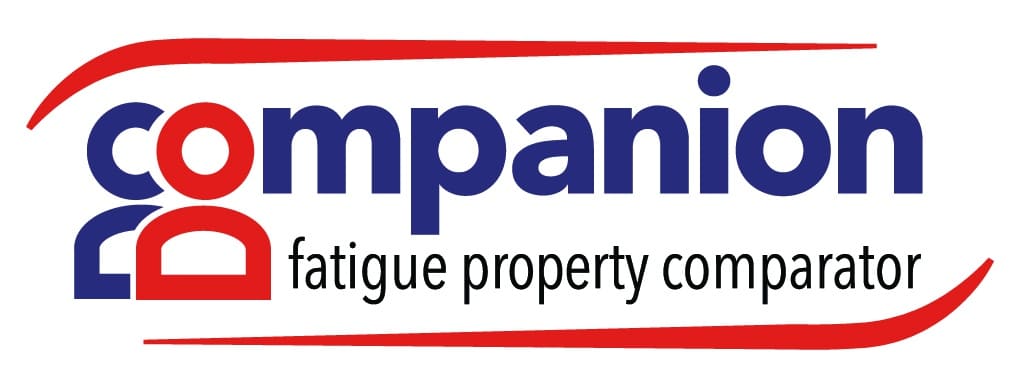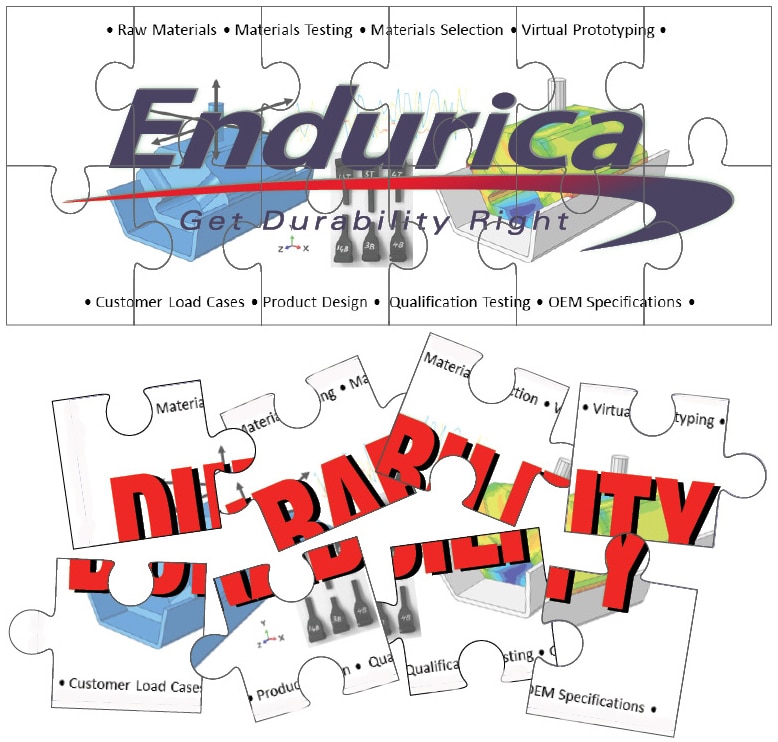How do you respond to the call for sustainable solutions in the rubber industry? Is it via bio-sourced polymers or fillers? elimination of carcinogenic additives... Continue reading
Return to previous page



